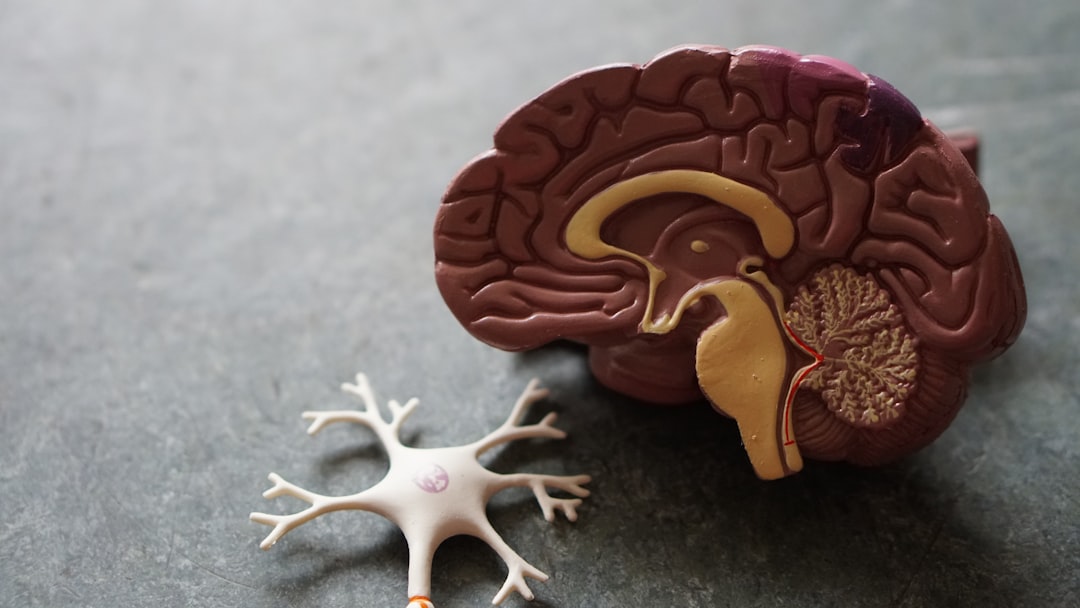What is it about?
People who have the genetic disease cystic fibrosis (CF) suffer from having more acid in the fluid lining their airways due to their faulty CFTR ion channel. This causes the pH of the fluid to drop, and this pH imbalance makes the lungs more prone to infections, which can eventually cause the lungs to fail. Reversing this ‘lung pH imbalance’ is a potential therapy for CF, particularly for those who cannot benefit from current highly effective modulator therapy (HEMT). Using lung cells provided by people with CF who are currently ineligible for HEMT, we identified two different (non-CFTR) airway proteins that transport bicarbonate ions out of the airway cells, and which caused the pH to rise to more normal values. For one of these transporters (called SLC26A4), we also found that it could be switched on by two clinically approved drugs, and again this restored the pH in the airway fluid.
Featured Image
Why is it important?
Substantial evidence shows that lowering surface pH in the conducting airways has multiple negative effects on the innate defence mechanisms of the lungs, which predisposes the airways to both bacterial and viral infections. For those people who currently have no effective therapies (between 10-15% people with CF worldwide), there is a real unmet need to find ‘alternative’ treatments. Our work provides proof of principle that there are transporters that can help restore this pH imbalance, not only for this group of people with CF, but for all people with CF independent of their mutation status. It also highlights the importance of a personalised medicine approach to identify the best possible therapy for rare, poorly characterised, mutations.
Perspectives
Harnessing the activity of so called ‘non-CFTR’ or alternative transporters and channels to provide new therapies for CF has been a research goal of mine for many years, especially as this route would be mutation-independent, and therefore a strategy that would benefit all people with CF. While the present work is just one step on the way to achieve this goal, I believe it is an important step.
Dr Michael Gray
Newcastle University
Read the Original
This page is a summary of: Dynamic regulation of airway surface liquid pH by TMEM16A and SLC26A4 in cystic fibrosis nasal epithelia with rare mutations, Proceedings of the National Academy of Sciences, November 2023, Proceedings of the National Academy of Sciences,
DOI: 10.1073/pnas.2307551120.
You can read the full text:
Contributors
The following have contributed to this page










